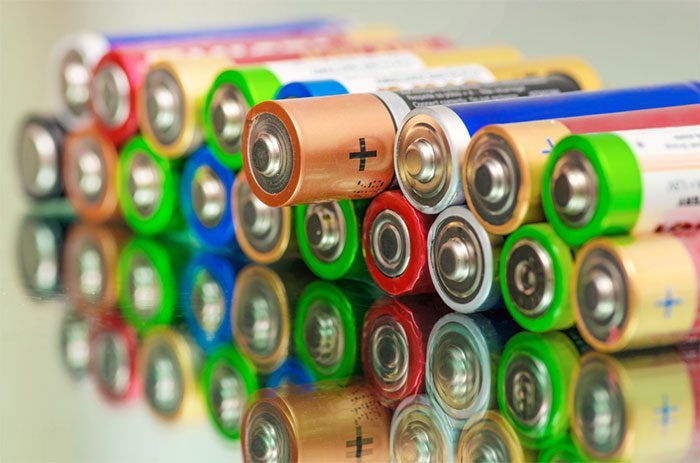A recycling plant in Singapore is processing used lithium batteries into useful metals with the help of fruit peels.
Researchers from Nanyang Technological University (NTU) have developed a technology that utilizes fruit peels to process discarded batteries.
Currently, the researchers are collaborating on a pilot project with the local battery processing and recycling company, Se-cure Waste Management.

Researchers from Nanyang Technological University have developed technology using fruit peels to process discarded batteries. (Illustration. Source: Iqsdirectory).
This technology addresses the urgent need for an easily scalable recycling solution.
Currently, less than 5% of used lithium-ion batteries are recycled globally, and the volume of these discarded batteries is expected to reach 11 million tons by 2030.
The recycling plant has been operational since the fourth quarter of 2022, with a processing capacity of up to 2,000 liters of used battery waste mixed with solvents from fruit peels to extract electrode materials such as cobalt, lithium, nickel, and manganese. The parties involved are also assessing the technical performance and economic viability aimed at commercializing this technology.
Associate Professor Dalton Tay from the NTU School of Materials Science and Engineering stated that this initiative provides an immediate and scalable solution to reduce both food waste (fruit peels) and electronic waste, which are two major waste streams globally.
Associate Professor Tay emphasized that it is possible to minimize the “environmental footprint” of both types of waste and address the issue of landfill shortages, particularly in Singapore.
In 2020, scientists from NTU successfully extracted over 90% of the precious metal weight found in processed lithium-ion battery waste by utilizing orange peel waste and manufactured new batteries from these recovered metals.
This method, using fruit peel waste to extract precious metals from battery waste instead of conventional strong chemicals and acids, has also succeeded in the lab with other types of fruit peel waste, such as pineapple, pear, and lemon peels.
Fruit peels are rich in sugars, natural antioxidants like flavonoids and phenolic acids, as well as organic acids. All these components enhance the dissolution and recovery of metals from battery waste. Researchers are now exploring the feasibility of using other types of biomass waste.
Used batteries are often treated with corrosive solvents. However, this traditional method also produces dangerous toxic gases.
According to Associate Professor Dalton Tay, recovering resources from food waste and electronic waste supports the country’s transition to a circular economy and a zero-waste nation. Specifically, the metal salts recovered from this process can be reused to create new batteries, effectively closing the waste loop with a sustainable solution.
Mr. Dalton Tay added that by connecting a network of industries together to exchange materials or by-products for environmental benefits, new business models, raw material distribution networks, and supply chains can be established to build a more sustainable economy.
The company Se-cure Waste Management stated that the aim of the pilot project is to provide customers with a closed-loop solution beyond just battery processing while seeking a greener path toward sustainable resource goals.


















































